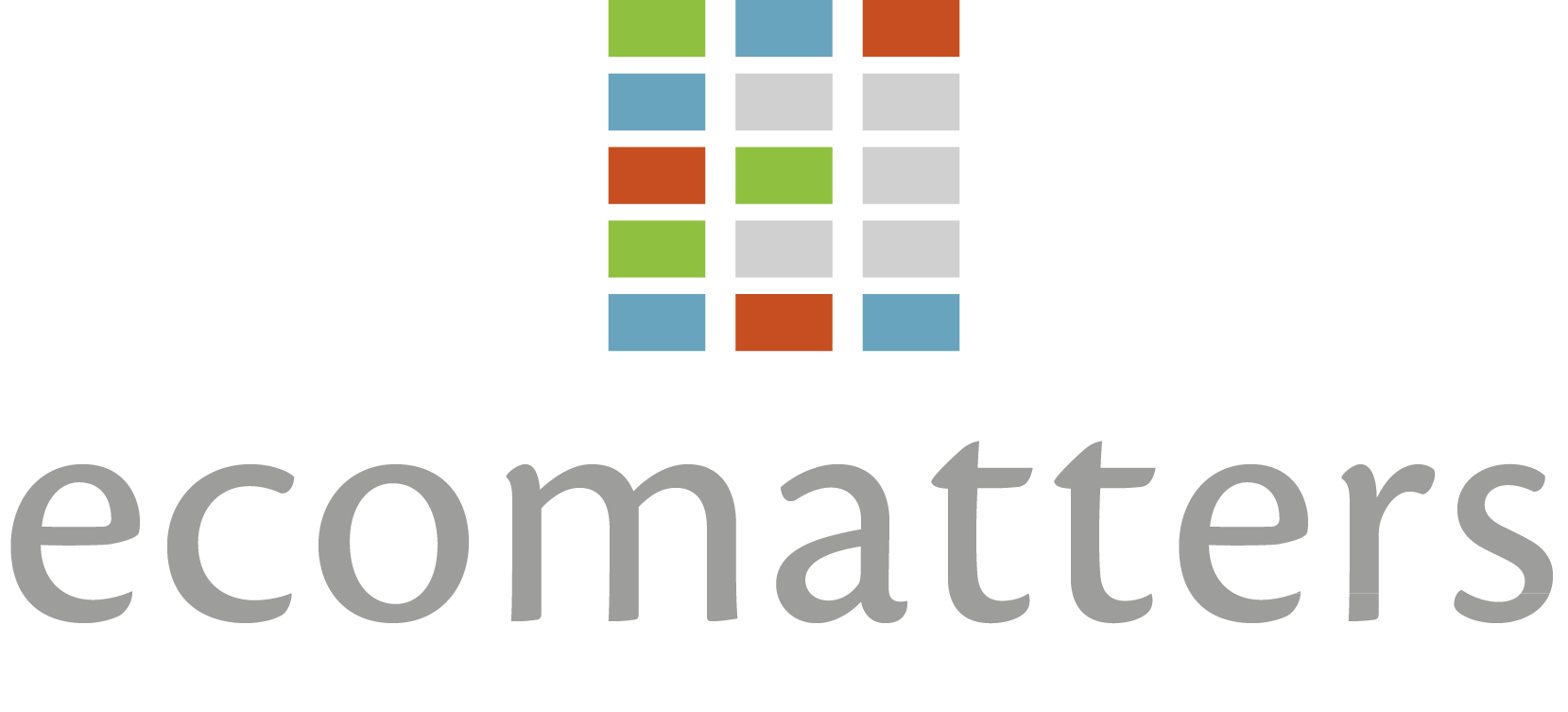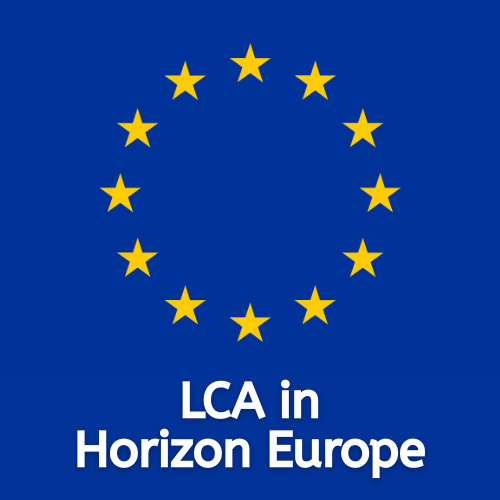There’s a growing consensus among both governments and businesses on the fundamental role of carbon pricing in the transition to a decarbonized economy. For governments, carbon pricing is one of the instruments of the climate policy package needed to reduce emissions. Businesses often use internal carbon pricing to evaluate the impact of mandatory carbon prices on their operations and as a tool to identify potential climate risks and revenue opportunities. But it also allows them to reassess investment strategies and reallocate capital toward low-carbon or climate-resilient activities. As a result, carbon pricing is increasingly used to mobilize the financial investments required to stimulate clean technology and market innovation, fuelling new, low-carbon drivers of economic growth.
Why carbon pricing?
CO2 pricing can be used in various ways, depending on the intended goal and result. The considerations listed below provide a picture of the drivers for getting started with CO2 pricing.
- Insight into CO2 emissions and potential CO2 reduction areas: by attaching a price to the CO2 emissions that are released during activities, insight into the scope of the problem is increased. The largest impact areas, or “hotspots”, also become visible and it becomes clear where actions are needed to reduce or offset CO2 emissions.
- Taking responsibility: By implementing CO2 pricing, an organization can demonstrate that climate issues are taken seriously, and that CO2 reduction efforts are high on the agenda.
- Perception of costs of CO2 reduction: The costs of CO2 reduction are often found to be (too) high, because we’re not used to paying for CO2 emissions, which leads to the idea that paying for emissions is expensive. Because of this resistance, there is often an associated lack of clarity about the actual costs of CO2 reduction. Using a CO2 price provides insight into what the price of emissions is and thus what it means if emissions are reduced or compensated.
- Incentive for limiting CO2 emissions: The moment a CO2 price is applied, it will increase the realization among all stakeholders that emissions come at a price and that focusing on CO2 friendly alternatives is more beneficial.
- Anticipating future changes: In the coming years, there will probably be more and more mandatory forms of carbon pricing. The Dutch national government has recently introduced a CO2 tax for industry and there is a good chance that this will be further expanded in the future. By starting now with voluntary carbon pricing, an organization can already prepare for the impact of mandatory CO2 pricing, at their own pace.
Defining carbon-pricing
Carbon pricing can simply be defined as linking a price in euros to CO2 emissions in order to achieve a reduction in CO2 emissions. It captures the external costs of greenhouse gas (GHG) emissions—the costs of emissions that the public pays for, such as damage to crops, health care costs from heat waves and droughts, and loss of property from flooding and sea level rise—and ties them to their sources through a price, usually in the form of a price on the carbon dioxide (CO2) emitted. There are several ways to implement carbon pricing linked to two main axes of choice:
- Implicit versus explicit pricing: Setting an actual CO2 price or not: Is the price point explicitly stated and therefore generally known and transparent? Or is there an implicit price point in which the pricing is unconsciously or consciously not made transparent?
- Fictional versus real pricing: Actually paying for CO2 emissions or not: Is the aim to actually pay for CO2 emissions and is therefore real pricing applied? Or has it been decided not to price CO2 emissions (yet), which means that there is a fictitious price (which may or may not be known)?
Approaches to carbon pricing
Ecomatters developed the following quadrant to define the various types of carbon pricing and to arrive at a manageable definition (see figure 1). The quadrant shows that carbon pricing can be dealt with in various ways and that there are specific choices to make regarding price visibility and actual financial flows. In addition, it is important to realize that CO2 pricing can be used in the form of CO2 accounting (for one’s own organization) or in tenders aimed at purchasing goods and services from stakeholders outside the organization. Depending on this choice, there can be an incentive at the front end (when purchasing low-carbon products and services) or an incentive at the back end in the form of CO2-accounting. Based on this, three main instruments can be distinguished for CO2 pricing.
- CO2 tenders: CO2 pricing can be used during the purchasing process to encourage suppliers to get started with measurable CO2 emissions and reductions. Although people actually pay for this (real pricing), this is not always made explicit. In tenders there are three main awarding procedures for applying CO2 pricing:
- Lowest price: Award based on the lowest price involves implicit pricing of CO2 emissions or measurable CO2 reduction by means of setting specific minimum quality requirements.
- Best-price-quality-ratio(BPQR), quality focused: When awarding on the basis of the BPQR-quality (determined in points), the sum of the points from the technical (quality) and the financial offer is taken, whereby with emissions reduction requirements included in the technical part is assigned a higher weighting in the points system.
- Best-price-quality-ratio(BPQR), value focused: When awarded on the basis of the BPQR-value (discount), the obtained score for the technical offer (quality) is linked to a fictitious discount amount based carbon emissions requirements. The discount is subtracted from budget leaving the best proposal (and carbon emissions related) with the lowest financial offer. The discount itself is only applied during the awarding phase of the tender. Afterwards the originally submitted budget is used for contracting the chosen supplier.
- CO2 accounting: Carrying out a CO2 accounting system based on emissions information (CO2 data) and a CO2 price, providing guidance and creating awareness. In CO2 accounting, emission information is linked to the regular operational processes in order to gain insight into the CO2 costs. Subsequently, strategic decisions can be made on this basis and actual payments for CO2 emissions can take place. There are three specific ways that CO2 accounting can be applied:
- Implicit carbon pricing: performing a baseline measurement on the basis of historical data, to determine which CO2 price was (implicitly) used in the past to reduce CO2 emissions. This instrument is often a starting point for developing CO2 accounting procedures.
- Shadow price: a theoretical internal cost of carbon is applied in strategic & investment decisions and project planning processes to test the feasibility of capital expenditure and investment decisions.
- Carbon fee: a monetary value attached to each metric ton of emissions charged to business units for their emissions. The fee generally flows into a fund to then be invested to direct emission reduction or compensation activities.
- Enforcing a CO2 emission ceiling by setting a maximum for the CO2 emissions in the minimum quality requirements in tenders, or a so-called CO2 ceiling. The height of the CO2 ceiling can be used to activate providers to reduce CO2 emissions, provided the ceiling is not defined too broadly.

Figure 1: Quadrant carbon pricing approaches
Implementation choices – doing carbon pricing right
Choosing why and how carbon pricing will be implemented
It is wise to determine in advance when and how carbon pricing is used in your organisation. Consider, for example, wanting to accelerate certain policy goals or the roll-out of promising CO2 reduction approaches. On the other hand an argument can be made to first increase the insight into the organisational CO2 emissions or to make a statement by offsetting all CO2 emissions. The choices to be made here depend on the wishes and needs of the organisation. Some other choices to consider can be:
- Using CO2 pricing to set up organization-wide emission compensation;
- Using CO2 pricing as a specific instrument for situations where clear reduction targets are pursued (for example for political spearheads);
- Using CO2 pricing to finance local compensation projects in addition to reduction activities;
- Using CO2 pricing in projects, activities, programs or policy goals or management processes;
- What price point is used to get insight into the costs of emissions and emission reduction;
- Test pricing variants within a pilot project. With which administrative capacity and knowledge can be developed and it is experienced how this can best be embedded.
Choosing a CO2 price point
Placing an adequate price on GHG emissions is of fundamental relevance to internalize the external cost of climate change in decision making and in setting economic incentives for CO2 reduction. The price point to be chosen depends on the financial possibilities of the organisation and whether explicit real carbon pricing, with actual payments for carbon emissions, will take place. Generally governments and businesses choose to start with a relatively low amount and increase this over time. As a result, the acceptance for the implementation of pricing will be greater than by immediately betting on a high amount.
There are several methods to determine price points, and various price points used by organisations (table 1). Also determine whether a central price point is used or whether there are several decentralized price points. The central price point can be more easily communicated and internalized by the stakeholders, while decentralized price points offer more possibilities to manage specific needs at play.
Table 1: Examples of various price points used for carbon pricing
| Source | Price point € per ton CO2 | ||
| 2020 | 2030 | 2050 | |
| Klimaatverbond | €100 – €700 | – | – |
| DICE, PAGE & FUND (average) | €44 | ||
| The UN Global Compact | €84 | – | – |
| Handboek milieuprijzen (CE Delft) | €73-122 | – | – |
| CPB and PBL in the WLO-klimaatscenario’s | €12 – €48 in 2015 | €20 – € 80 | €40 – €160 |
| Milieukostenindicator (MKI-waarde) | €50 | – | – |
| High-Level Commission on Carbon Prices van de carbon pricing leadership coalition | €34 – €68 | €42 – €84 | – |
| Real European Emissions Trading System price (ETS) | € 50 | – | – |
| Dutch government: CO2 tax industry | €30 (€3.51 for ETS companies) | €125 (€98.55 for ETS companies) | – |
Combining approaches
The various carbon approaches and instruments can be used side by side. Consider, for example, the reduction of emissions through a tender-based approach on the lowest price (with minimum quality requirements, a form of implicit real pricing), with in addition a separate project set up with an CO2 accounting part for compensation (a form of explicit real pricing). This makes it important to think carefully about the use of the type of pricing instruments and the situations in which CO2 pricing will be applied. However, it starts with determining the purpose of the pricing.













